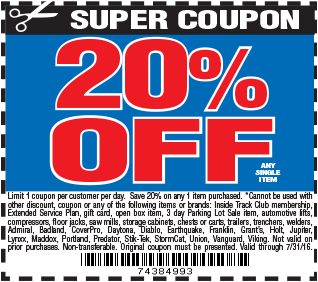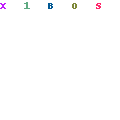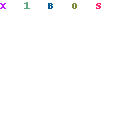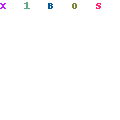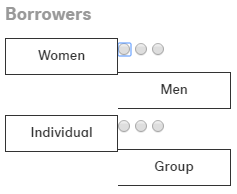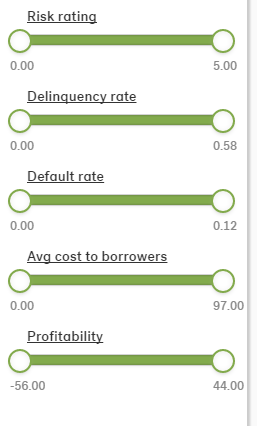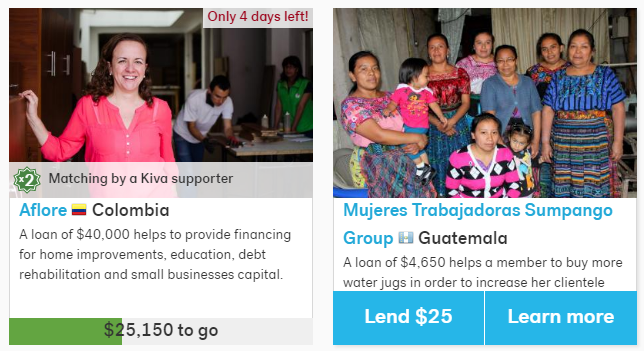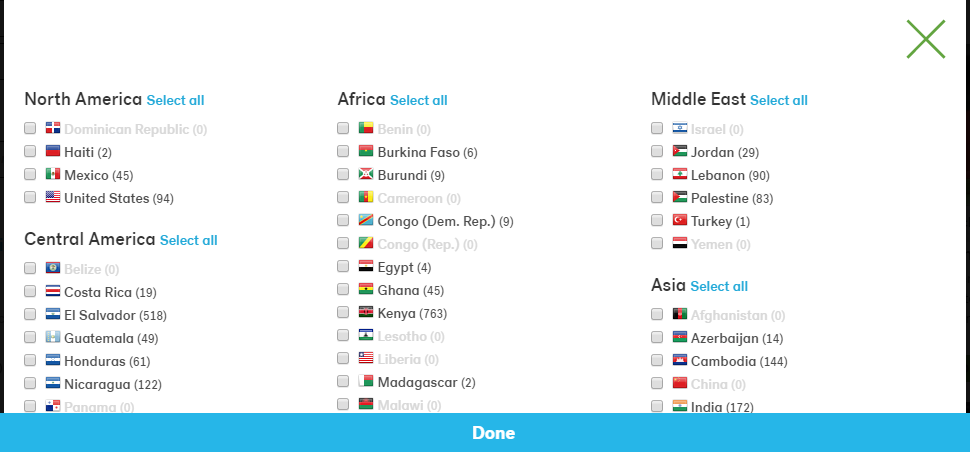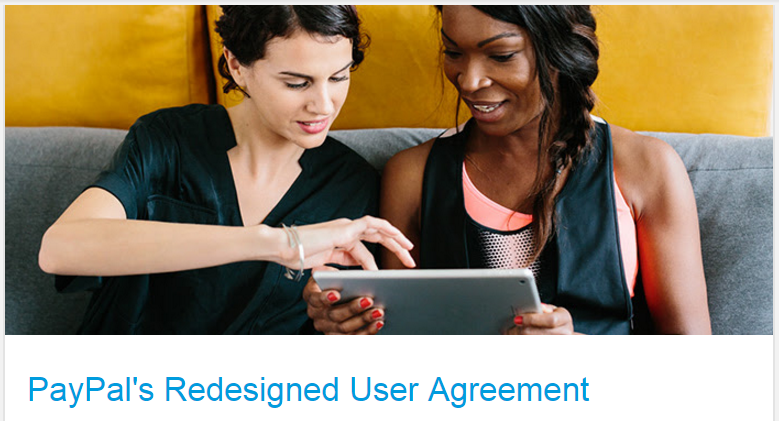
I received an email from PayPal letting me know it has redesigned its User Agreement and the two women reading it simultaneously on a tablet piqued my interest.
Within are the following suspicious, claims—red flags to this skeptic (emphasis mine):
- We are making these updates to clarify our terms and make these agreements easier to read and navigate.
- We’ve worked to make this new User Agreement a more-user-friendly experience…
- We’ve redesigned the User Agreement to simplify its format, with new color-coded headings so you can more easily find the information most relevant to your account.
- We’ve revised and reorganized the content of the User Agreement to be easier to follow and to include information where you’d intuitively look for it.
Back up your claims
I had a hard time just getting through the email; am I really to believe PayPal’s User Agreement is any better? It’s problematic when companies latch on to terms like “user-friendly” and “intuitively.” How do they know it’s better? Did they perform usability testing? What were the problems with the previous design?
I think organizations should be more transparent about the data they use to make any claims about the usability, ease-of-use, and customer-friendliness of its products and services.
Does an updated User Agreement—which is 73 pages when saved as a PDF—improve my customer experience with PayPal? I’ve never even looked at it before. Not listed as one of 16 “easier to follow” sections of the document is about subscription payments which is pretty much all I use PayPal for and with which I’ve had many frustrations.
(BTW, I don’t see any color-coded headings, so I’m not even sure what that’s supposed to mean. I’m going to guess that PayPal’s users didn’t think they were so great.)
These terms and claims aren’t buzzwords; UX is a serious discipline that takes time, revision and lots of data. Saying something is “easier” just because someone inside your organization decided that it is means nothing to your customers.

